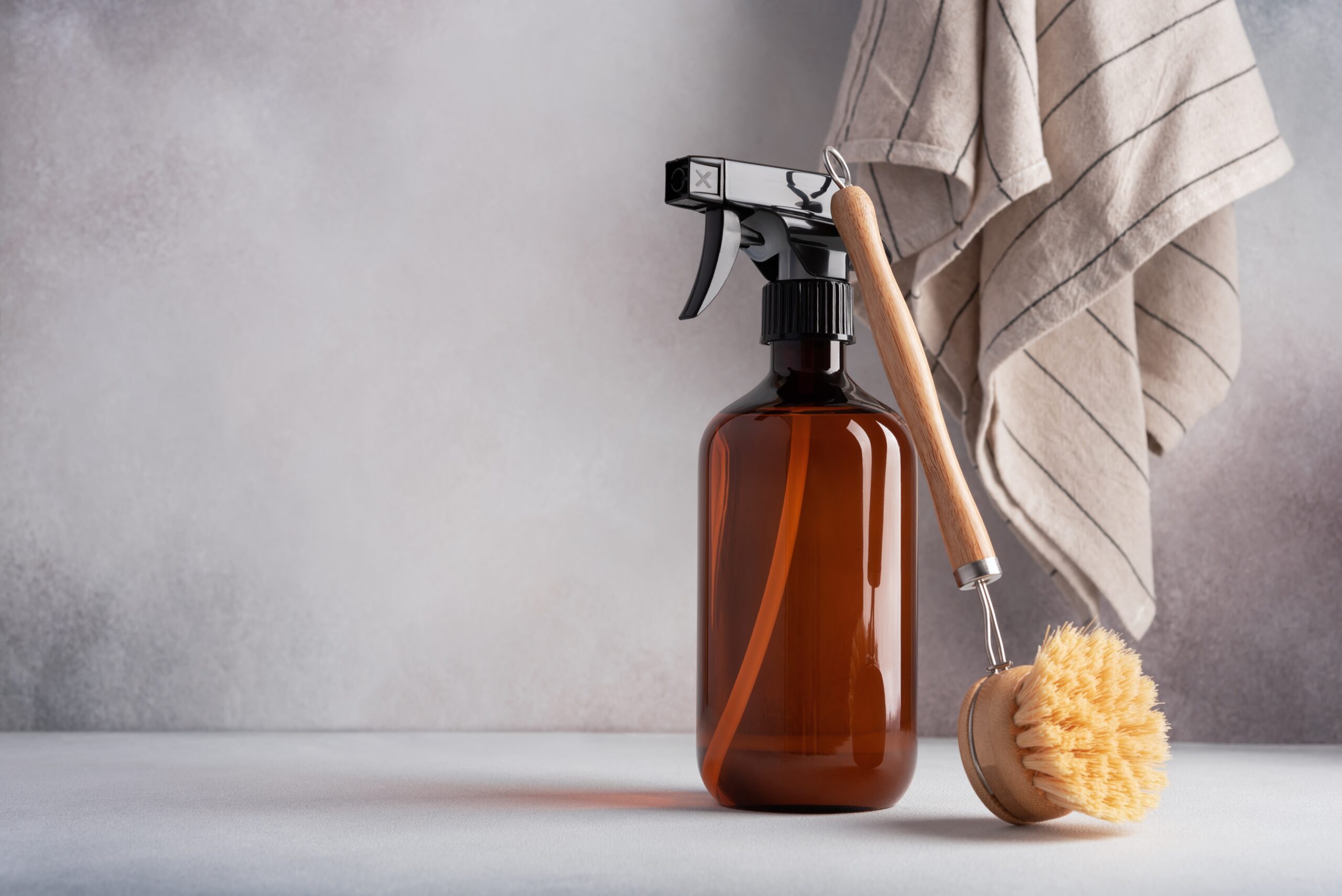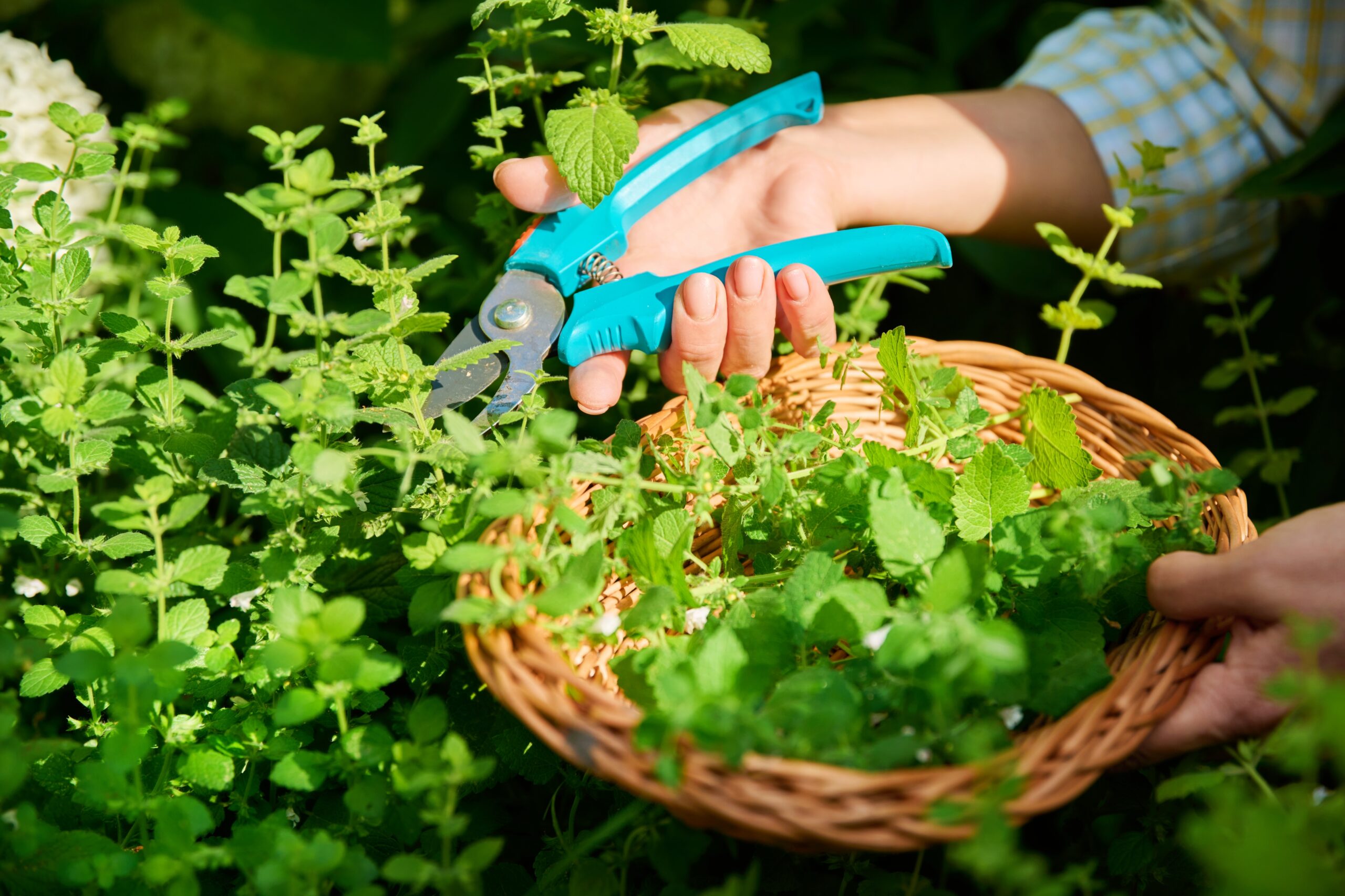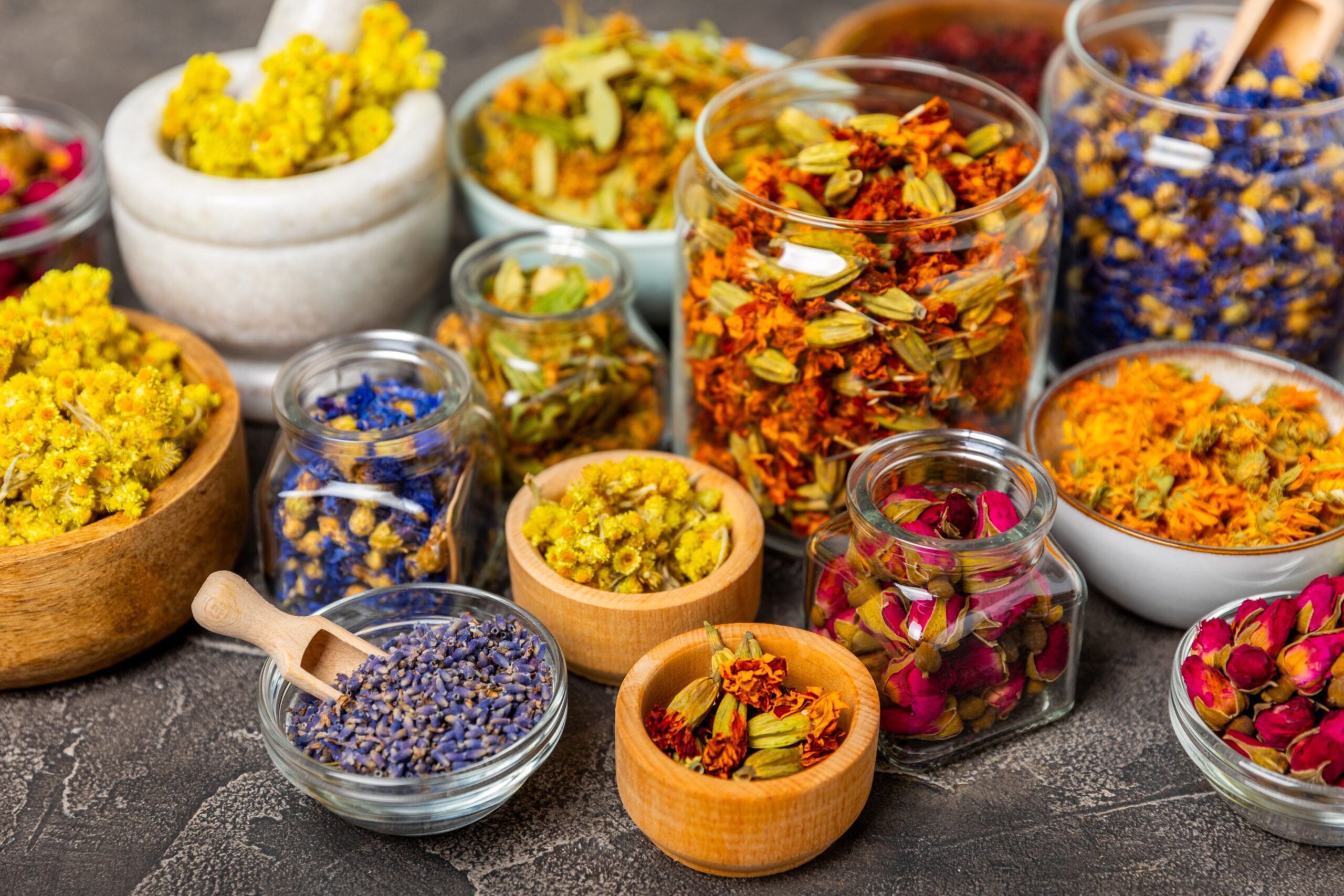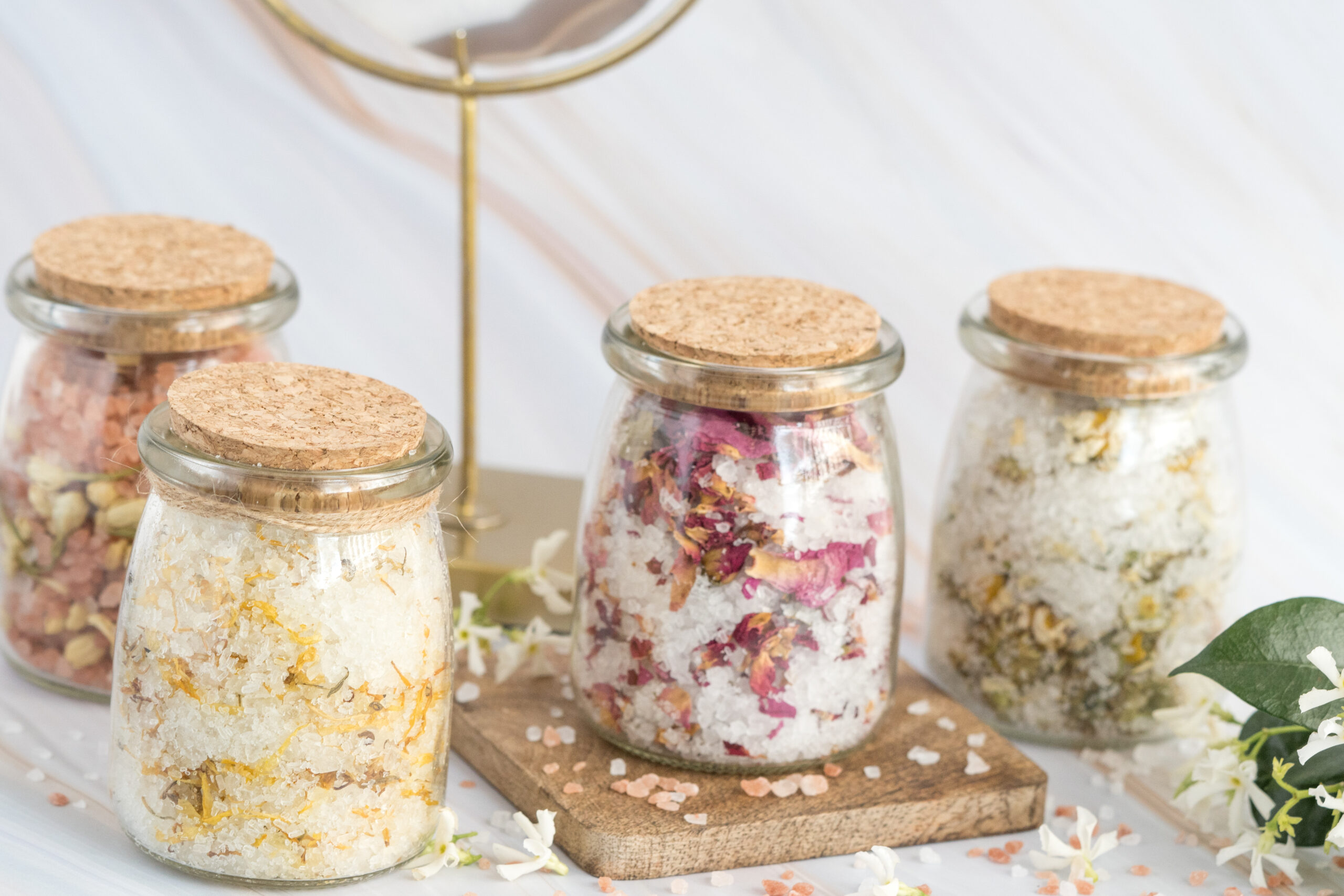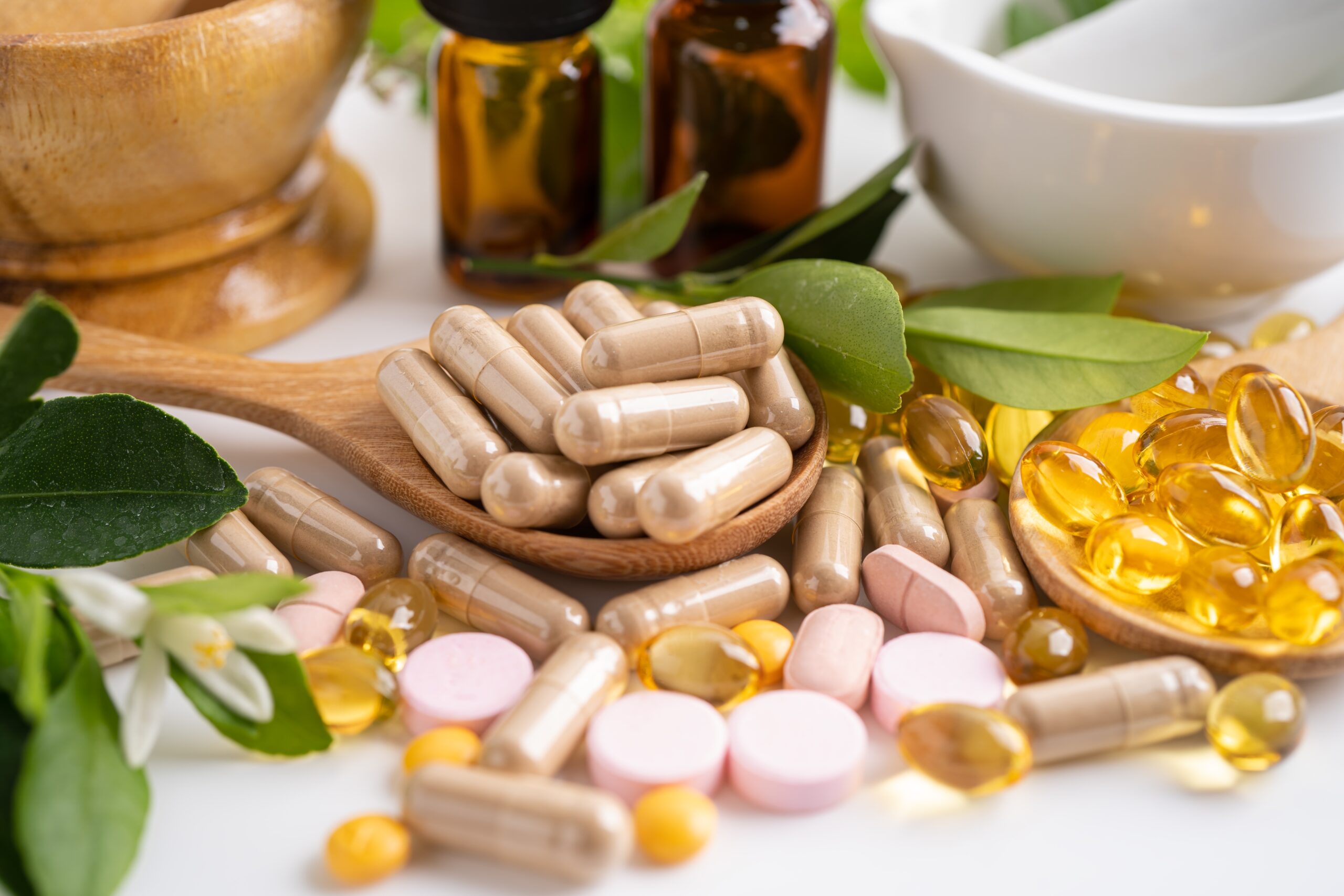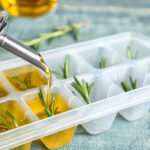Herbs can be powerful allies for health—soothing stress, supporting digestion, easing pain, and balancing hormones. But just because something is “natural” doesn’t always mean it’s safe. Whether you’re sipping chamomile tea or trying out ashwagandha capsules, it’s vital to understand how to use herbs responsibly. This guide breaks down the basics of herbal safety, including dosage, interactions, sourcing, and when to call in a professional. Consider this your go-to primer before diving into the world of self-treatment with herbs.
Outline
- Introduction
- Why Herbal Safety Matters
- Common Misconceptions About Herbal Medicine
- When Natural Isn’t Harmless
- Key Principles of Safe Herbal Use
- Herb-Drug Interactions: What to Watch For
- High-Risk Groups Who Need Extra Caution
- How to Source High-Quality Herbs
- DIY vs. Professional Guidance
- Final Thoughts
Introduction
From health shops to TikTok trends, herbal remedies are having a moment—and with good reason. They’re accessible, often effective, and offer an alternative to synthetic drugs. But with increased popularity comes misinformation and risky experimentation.
If you’re self-treating with herbs, this guide is your reminder that herbalism is both an art and a science. A little knowledge goes a long way in keeping you safe and helping the herbs do their best work.
Why Herbal Safety Matters
While side effects from herbs are often less severe than pharmaceuticals, they still:
- Can interact with prescription medications
- Affect liver enzymes and hormone levels
- Trigger allergic reactions or worsen existing conditions
- Be unsafe in pregnancy or for children
- Vary widely in strength depending on preparation
In short: Herbs are powerful, and they deserve the same respect you’d give a pharmaceutical drug.
Common Misconceptions About Herbal Medicine
Let’s bust a few myths:
| Misconception | Reality |
|---|---|
| “Natural means safe” | Some herbs are toxic in high doses or certain conditions |
| “If a little works, more is better” | Herbal overdoses can cause real harm |
| “It’s fine because it’s from a shop” | Quality control in supplements is not always guaranteed |
| “It worked for my friend” | Everyone’s body and situation is different |
Just because it’s sold over the counter doesn’t mean it’s harmless.
When Natural Isn’t Harmless
Certain herbs have strong pharmacological effects. Some red flags:
- St. John’s Wort can interfere with antidepressants, contraceptives, and blood thinners
- Licorice root (whole) may raise blood pressure or cause fluid retention
- Comfrey contains pyrrolizidine alkaloids that can damage the liver
- Kava kava may cause liver toxicity if misused
- Black cohosh may aggravate hormone-sensitive conditions
It’s all about context, dose, and duration.
Key Principles of Safe Herbal Use
1. Start Low, Go Slow
Begin with the lowest recommended dose and observe how your body responds.
2. One Herb at a Time
Avoid blending five new herbs at once. It’s impossible to track which is working—or causing a reaction.
3. Check for Contraindications
Research whether the herb interacts with medications or pre-existing conditions.
4. Follow Trusted Sources
Use well-researched books or qualified herbalists, not just social media.
5. Cycle Use When Needed
Many herbs work best when used in cycles (e.g. 3 weeks on, 1 week off).
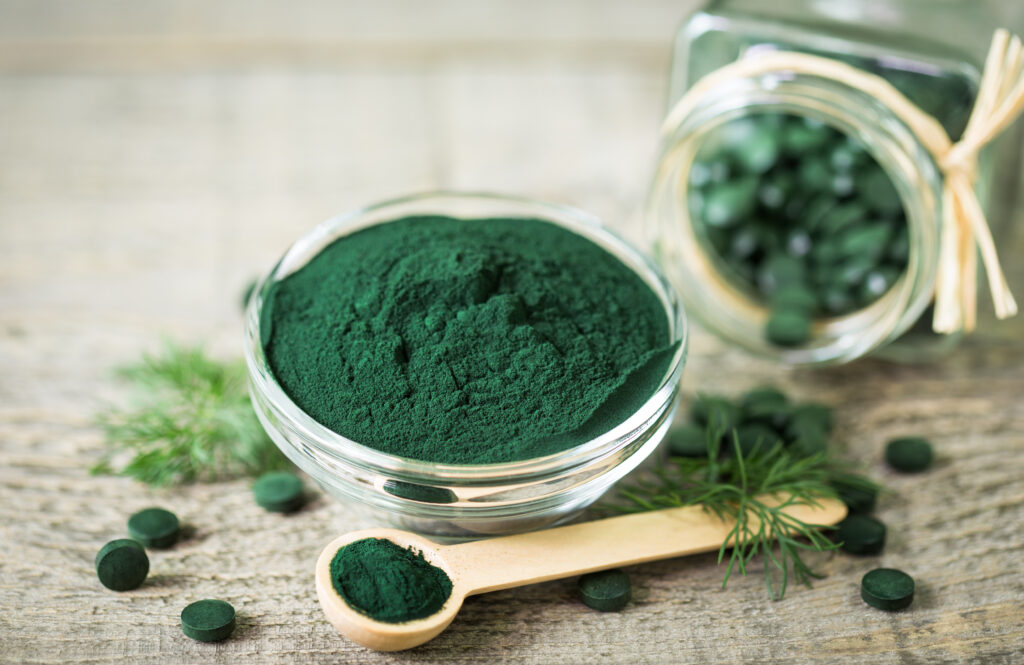
Herb-Drug Interactions: What to Watch For
Some herbs alter how your liver processes medications, especially through cytochrome P450 enzymes. Here are some common concerns:
| Herb | Possible Interaction |
|---|---|
| St. John’s Wort | Reduces effectiveness of the pill, SSRIs, warfarin |
| Ginger | May thin blood—caution with anticoagulants |
| Ginseng | Can interfere with diabetes or blood pressure meds |
| Turmeric | May interact with NSAIDs or blood thinners |
| Peppermint | Can affect acid reflux meds or iron absorption |
Rule of thumb: If you’re on regular medication, check interactions before adding a herb.
High-Risk Groups Who Need Extra Caution
Herbs affect individuals differently based on age, physiology, and medical history. Extra care should be taken by:
- Pregnant or breastfeeding people – Some herbs stimulate the uterus or affect milk supply
- Children – Need age-appropriate doses; some herbs aren’t safe at all
- Elderly – May metabolise herbs differently and be on multiple medications
- People with liver or kidney disease – Herbs are processed through these organs
- Anyone with hormone-sensitive conditions – Avoid oestrogenic herbs without guidance
When in doubt, consult a qualified practitioner.
How to Source High-Quality Herbs
The herbal industry isn’t always well-regulated. To ensure quality:
- Choose organic or wildcrafted herbs from reputable sources
- Buy from companies that offer third-party testing
- Avoid herbs with artificial colours, fillers, or unlisted ingredients
- Store dried herbs in dark, airtight containers away from heat and moisture
- For tinctures, look for the herb-to-liquid ratio (e.g. 1:5), alcohol content, and origin
Recommended Types of Reputable Suppliers:
- Herbal apothecaries
- Certified organic growers
- Trusted supplement brands (check for certifications like GMP)
DIY vs. Professional Guidance
Self-treatment can work well for:
- Minor ailments (e.g. colds, mild PMS, stress)
- General wellness (e.g. immunity, digestion, sleep)
But always seek professional input for:
- Chronic illness
- Mental health conditions
- Hormone replacement or fertility issues
- Long-term herbal plans with multiple supplements
- Any sign of allergic reaction or serious side effects
Qualified practitioners (like clinical herbalists or naturopaths) can tailor a plan to your body and needs.
Final Thoughts
Herbs are deeply powerful and have supported human health for millennia—but they’re not without risk. A responsible approach blends respect for traditional wisdom with modern safety knowledge.
Do your research. Start slow. Know your body. And if you’re ever unsure—ask. A well-informed herbal journey is a safe and effective one.
Because ‘natural’ should mean safe and smart.


